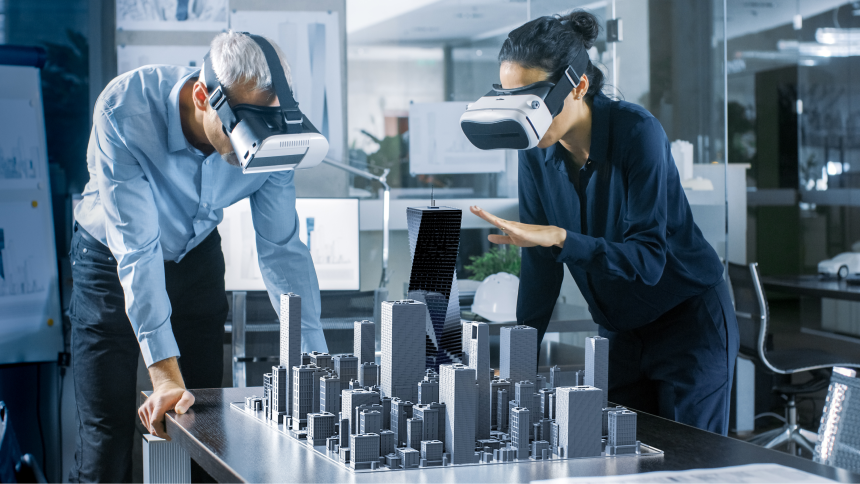Cities need to be increasingly smart and resilient to meet the environmental and social challenges of the 21st century, and 5G plays an influential part in this quest. The high-speed and low-latency mobile network allows smart city infrastructures to become more sustainable and its residents to improve their well-being.
5G enables the widespread use of connected objects in our daily lives and facilitates the gathering of high-quality data that can be used in real-time. This is a technological asset – and a decision-making tool – that enables smart cities to improve traffic flow, optimize energy consumption, and monitor and maintain their infrastructures. Not to mention public safety and health! For example, the data transmitted instantly by 5G-connected sensors in the smart city’s urban networks and buildings are used to detect water and gas leaks, monitor air quality, provide alerts in the event of allergen peaks, manage waste, etc. Likewise, 5G can make homes, buildings, working environments, and road traffic more secure. How so? Once connected to 5G, surveillance cameras can obtain real-time video streams in 4K or 8K.
Regarding public transportation, the autonomy, high speed, and low latency of 5G allow the gathering and real-time processing of a large amount of data from vehicles and infrastructures. This information sharing and the many possibilities of traffic condition alerts, danger zones, or vehicle breakdowns improve road safety and optimize flows and transit. The data collected by the 5G-connected sensors installed throughout the smart city will also consider all current mobility solutions and instantly adapt the traffic lights to the vehicle, bicycle, scooter, or pedestrian traffic.
5G gives buildings a new level of immediacy with devices! It is now possible for buildings to install autonomous, high-performance sensors capable of sending data at very high speed and continuously. These instruments are ideal for monitoring the condition of a building to the nearest millisecond, analyzing its use by its residents, and implementing continuous optimization processes. 5G enables buildings to become smarter than ever by embedding cutting-edge technologies whose real-time data facilitate the daily life of users and managers alike: energy consumption monitoring and remote optimization of individual comfort, management and optimization of room occupancy in the service sector, machine maintenance and management of service provider interventions, interoperability thanks to 5G-IoT technologies, etc.
The new 5G mobile network also helps with the weather forecast. No longer required to connect to a fixed network (fiber or copper), weather sensors can be easily installed at all strategic locations in urban, suburban, and rural areas. Moreover, thanks to the high-speed connectivity of 5G and its stability, the data collected can be accurate, regular, and reliable.
